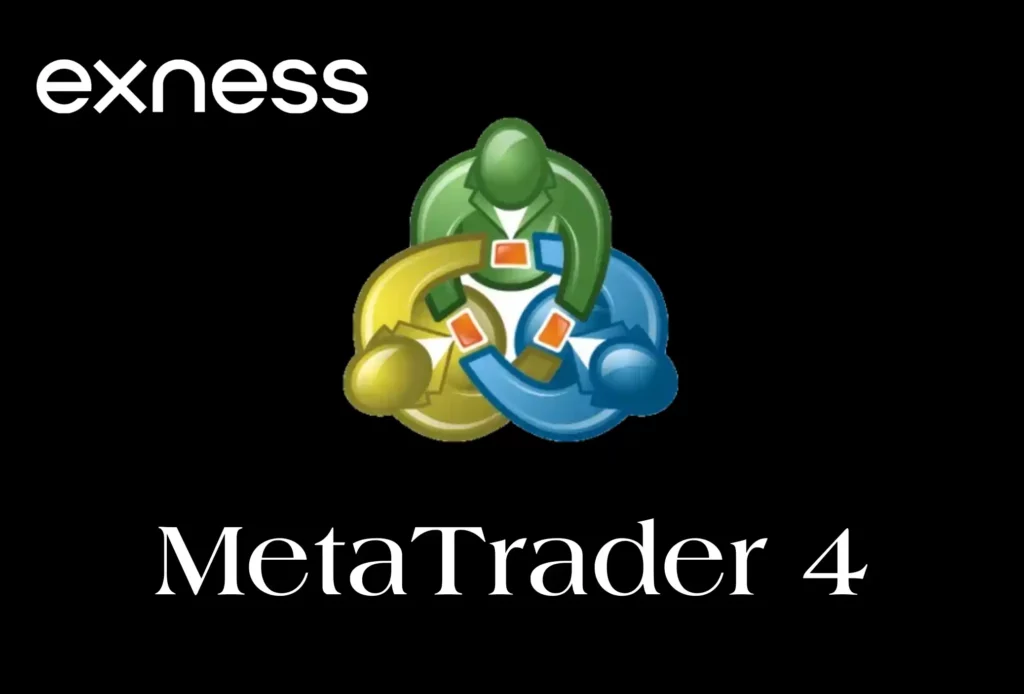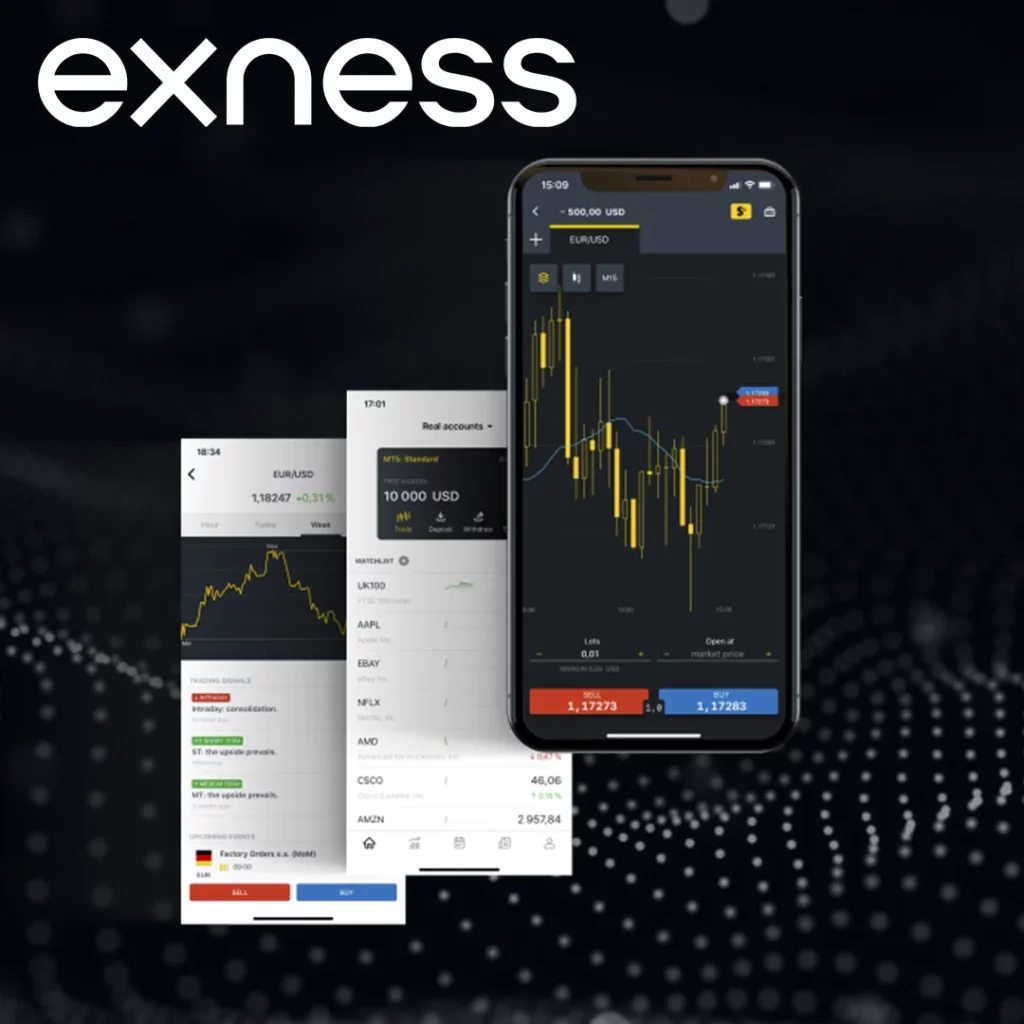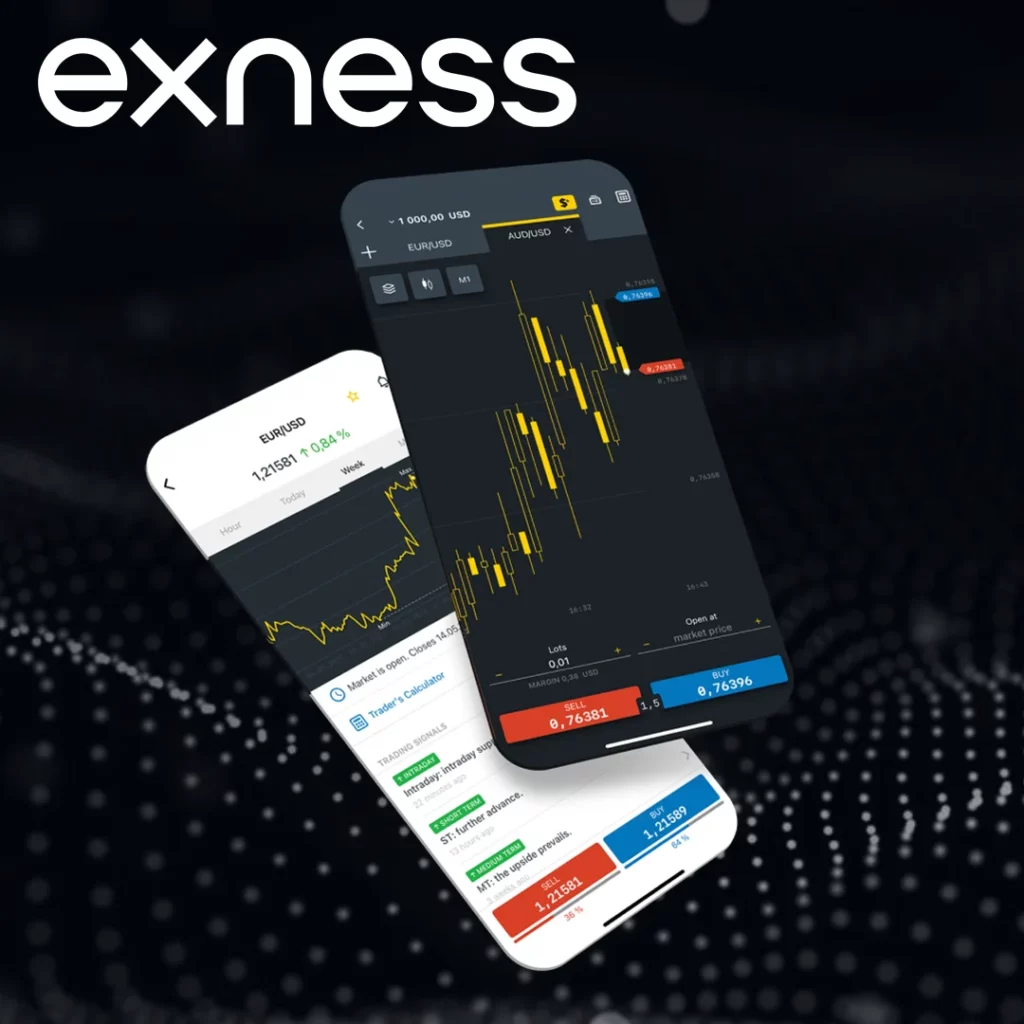Effective trading is built on data-driven decisions. For traders using the Exness MT4 platform, accessing and analyzing trading history is essential to evaluate performance, refine strategies, and maintain accurate financial records. Beyond being a log of transactions, trading history serves as a valuable resource for improving your overall trading approach.
Why Trading History Matters
Analyzing trading history can provide actionable insights into your trading habits and results. Key benefits include:
- Performance Evaluation: Assess the effectiveness of specific strategies by reviewing detailed reports of past trades.
- Risk Management: Identify patterns in losses or gains to refine your risk management approach.
- Compliance and Tax Reporting: Generate accurate records required for tax filing and regulatory purposes.
- Pattern Recognition: Uncover recurring mistakes or opportunities in your trading behavior to make informed adjustments.

A Step-by-Step Guide to Accessing Trading History on MT4
Launch the MT4 Platform
Ensure you are logged into your Exness MT4 account with the correct credentials. Verify your connection status to confirm that the platform is linked to the server without interruptions. A stable connection ensures accurate and complete access to your trading data.
Locate the Account History Tab
On the MT4 terminal, find the “Account History” tab at the bottom of the interface. This tab provides a chronological list of all your trading activities, including opening and closing prices, profits or losses, and associated costs.
Filter Your Trading Data
To customize your view:
- Right-click anywhere within the “Account History” tab.
- Select “Custom Period.”
- Choose the desired date range, such as a specific month or quarter.
This allows you to focus on specific periods, reducing unnecessary clutter and making analysis more efficient.
Export Trading History
Exporting trading history enables more in-depth analysis:
- Right-click in the “Account History” tab.
- Select “Save as Report.”
- Choose a location on your device to save the file in HTML format.
This file can be easily converted into formats like Excel or Google Sheets for further customization and analysis.
How to Analyze Exported Trading Data
Once you’ve exported your trading history, you can use spreadsheet tools to sort, filter, and evaluate the data. Key fields in the report include:
| Field | Description |
| Order ID | Unique identifier for each trade. |
| Open Time | Timestamp of when the trade was initiated. |
| Close Time | Timestamp of when the trade was closed. |
| Symbol | The traded asset (e.g., EURUSD, NAS100). |
| Volume | Number of lots traded. |
| Profit | Net profit or loss from the trade. |
Practical Examples of Analysis
By organizing your trading history into a table, you can evaluate performance by instrument or strategy:
| Symbol | Total Trades | Wins | Losses | Net Profit |
| EURUSD | 50 | 30 | 20 | $1,500 |
| NAS100 | 20 | 12 | 8 | $800 |
| XAUUSD | 15 | 10 | 5 | $1,200 |
This breakdown highlights which instruments and strategies yielded the best results, helping to refine your focus.
Analyze key metrics to ensure adherence to your risk management plan:
| Metric | Value |
| Average Lot Size | 0.5 lots |
| Average Drawdown | 5% |
| Maximum Drawdown | 12% |
| Risk-to-Reward Ratio | 1:2 |
These metrics can pinpoint areas needing adjustment to reduce unnecessary risks.
Leveraging Trading History for Strategy Refinement

Historical trading data is not just for review; it’s a tool for growth. By backtesting strategies with past data, traders can:
- Evaluate Strategy Success Rates: Determine which strategies perform best under specific market conditions.
- Optimize Risk Parameters: Adjust lot sizes, stop-loss levels, and take-profit targets based on historical outcomes.
- Identify Market Trends: Discover patterns during volatile periods or around economic announcements.
Automation Tools for Trading History Management
For advanced users, MT4 supports scripts and Expert Advisors (EAs) that can automate trading history management. These tools allow you to:
- Schedule automatic downloads of trading history.
- Filter and export data into analysis-ready formats.
- Integrate with third-party platforms for deeper insights.
Although setting up automation requires programming knowledge, it streamlines the process for frequent users.
Troubleshooting Common Issues with Trading History
Some traders encounter challenges when working with trading history data. Here’s how to resolve them:
| Challenge | Solution |
| Missing Transactions | Check and adjust the date range or refresh the platform. |
| File Compatibility Issues | Use Excel or a similar tool to convert HTML files. |
| Slow Platform Performance | Restart MT4 and close unnecessary charts or applications. |
Addressing these issues ensures you maintain an uninterrupted analysis workflow.
Tips for Effective Use of Trading History
- Regular Updates: Download trading history weekly or monthly to avoid managing excessive data at once.
- Focus on Specifics: Use filters to zero in on particular instruments or time frames.
- Integrate Tools: Combine your history with analytics software for a deeper understanding.
- Backtest Strategies: Use past data to simulate and validate trading strategies.
Comparing MT4 with Other Platforms for Trading History
While MT4 is a versatile platform, comparing it with alternatives like MT5 and the Exness Terminal can help traders select the right tools:
| Feature | MT4 | MT5 | Exness Terminal |
| Export Formats | HTML | HTML, XML, XLS | |
| Advanced Analytics | Basic | Advanced | Basic |
| Multi-Currency Support | Available | Available | Limited |
MT5 offers more advanced reporting features, but MT4 remains a reliable choice for most traders.
How to Optimize Your Trading Data for Deeper Insights
After exporting your trading history, refining the data for detailed analysis is crucial. Here are some optimization tips:
- Use Pivot Tables: In Excel or Google Sheets, create pivot tables to organize data by instrument, lot size, or profit/loss. This simplifies comparisons and trend identification.
- Add Conditional Formatting: Highlight specific metrics such as trades exceeding a certain profit level or those with high drawdowns to focus on key data points.
- Visualize with Charts: Use bar graphs or pie charts to illustrate performance trends across different instruments or strategies. Visual tools make complex data easier to interpret.
This approach transforms raw data into actionable insights for improving your strategies.
Leveraging Trading History for Market Pattern Recognition

Trading history isn’t just about past performance—it’s a window into market behavior. By analyzing historical data, you can:
- Identify how specific instruments respond to major news events or market cycles.
- Detect seasonal trends, such as higher volatility in certain months or around holidays.
- Evaluate time-based patterns, like intraday peaks and troughs, to fine-tune entry and exit points.
By integrating market patterns into your strategy, you enhance your ability to predict and react to future movements.

The Role of Trading History in Risk Management
Trading history plays a pivotal role in refining your risk management approach. Some ways it can help include:
- Monitoring Exposure: Assess whether you’re overexposed to specific instruments or market sectors.
- Calculating Historical Risk-to-Reward Ratios: Compare the average return per trade against associated risks to evaluate strategy efficiency.
- Learning from Mistakes: Review losing trades to identify recurring errors, such as poor timing or neglecting stop-loss levels.
Regularly using your trading history as a risk management tool reduces the likelihood of avoidable losses.
Real-World Applications of Trading History
- Tax Compliance
Accurate trading records are crucial for preparing tax reports, especially in jurisdictions requiring detailed capital gains reporting. - Performance Tracking
Metrics like win/loss ratios, average profits, and drawdowns can provide a snapshot of trading performance. - Strategy Refinement
Historical data helps identify strengths and weaknesses in your trading approach, leading to continuous improvement.
Conclusion
Accessing and analyzing trading history on Exness MT4 is more than just a routine task—it’s a cornerstone of successful trading. Whether you’re refining strategies, tracking performance, or ensuring compliance, the ability to harness this data empowers you to make informed decisions and achieve consistent results. By following the steps and tips outlined above, you can maximize the value of your trading history and elevate your trading game.

Trade with a trusted broker Exness today
See for yourself why Exness is the broker of choice for over 800,000 traders and 64,000 partners.
FAQ
How do I access my trading history on Exness MT4?
Log in to the MT4 platform, navigate to the “Account History” tab in the terminal, and filter your desired date range to view your trading data.



